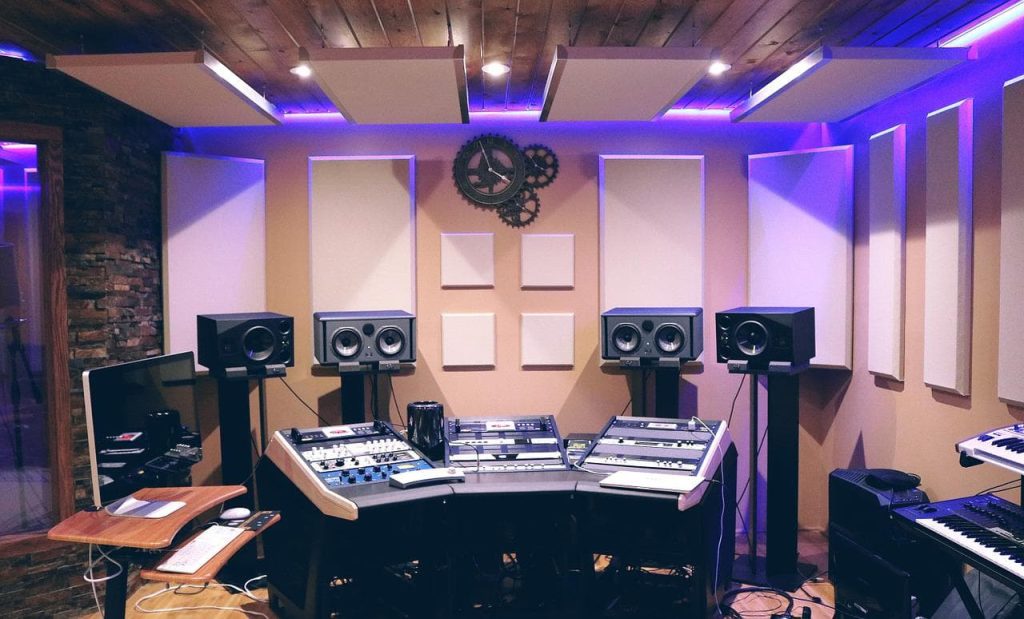How to Improve the Quality of Your Home Recordings
Many artists start their careers by recording one or several singles at home. With the reach the internet has, they can then post these recordings on numerous platforms and gather a massive following before recording studios take note.
It is important to ensure the music is of sufficient quality if people are to like it enough to ensure its popularity. There are a few things artists can do to improve their home recordings, and we are going to look at the most impactful ones below.
Use a Preamp

While you can plug your microphone or instrument into recording software and record that way, doing so might not produce great results because these recordings will usually lack the warmth and vibrancy you might be looking for.
Plugging into a preamp first is a great inexpensive way to get better source sound and recordings. Decent preamps go for around $50 and can be improved by switching out some components, which you can do easily on most models. Also, invest in an XLR or TRS cable to get a balanced sound.
Invest in Good Software
Apart from a computer, the software you use will make a massive difference to how your recordings turn out. While it is still a good idea to turn to an experienced engineer to master your music once you are done recording it, that could be expensive if you plan on recording lots of material.
Start by investing in good recording software so you have high-quality samples to work with once you get to the mastering step. Also, consider investing in auto-tune software to smooth out and work on individual parts of the track.
Contrary to what many people believe, artists can use auto-tune tastefully without going overboard. Plug-ins like Auto-Tune can be incredibly helpful in adding vocal effects and cleaning your audio tracks so that they sound better. Before using the plug-in though, ensure Auto-Tune Compatibility with your host application.
Get a Diaphragm Condenser Microphone
No matter what your budget is, do invest in a good diaphragm condenser microphone. These microphones produce better sound and can even be used to record different instruments. Importantly, these types of microphones produce great separation between instruments.
If you decide to get a separate microphone for vocals plus all the instruments you would like to record, you will have to invest a lot of money. Invest in one good, versatile diaphragm condenser microphone that has multiple uses to get better recordings and save lots of money as well.
Treat Your Space for Sound
Sound is projected in waves, and these waves bounce off surfaces. If your microphone is sensitive enough, it will pick up on these reflections and the sound you get will not be as crisp as you hoped.
Treating your space for sound is not hard as you can use curtains and shades on the walls, carpets on the floor, and bass traps on the corners for better sound.
Investing in the right areas can lead to massive improvements in how your final home recordings sound. Having a better sound source will give you a lot of leeway when mastering, allowing you to end up with much better final audio products.







